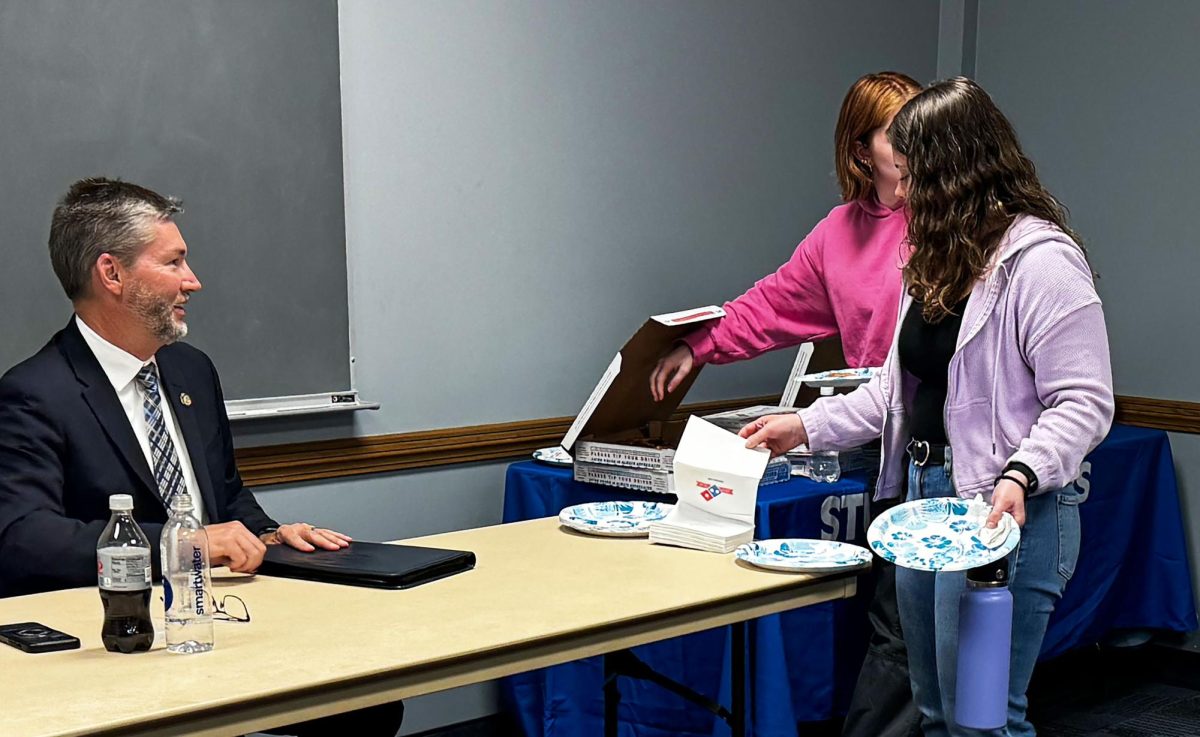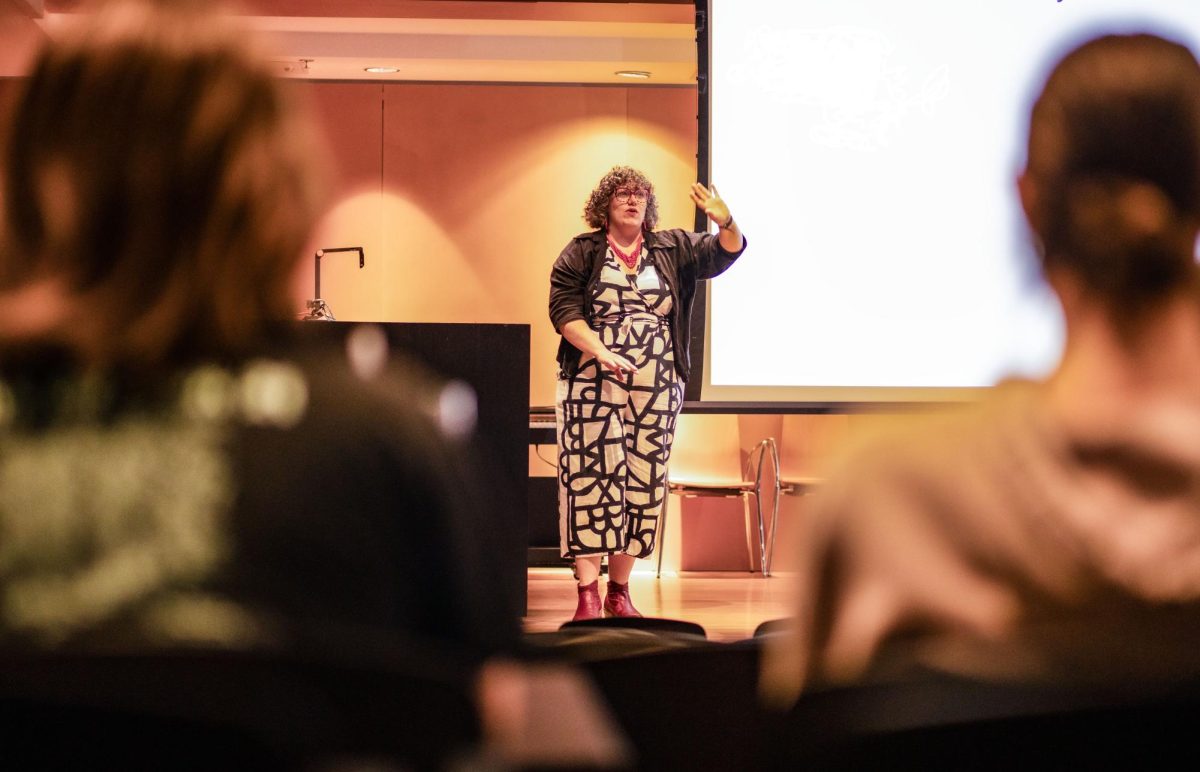Staff Editorial: Assessing high-risk courses good for students
A few weeks ago, The Daily Eastern News addressed the topic of high-risk courses and their impact on Eastern.
A high-risk course was defined by Karla Sanders, the co-chairwoman of the Committee on Retention Efforts, as any course in which 30 percent or more students earn a D, F, or withdraw from the course.
These courses, though they may be challenging for students, help Eastern maintain an academically rigorous environment.
Especially around this time of year, students are stressed out about their most difficult courses, many of which may be what the CORE committee has deemed “high-risk.”
We commend the CORE committee for identifying and developing a list of these courses so teachers and other faculty can help students get the help they really need.
Having a report of these 81 courses that matched the criteria will give Eastern the extra push it needs to promote the integrative learning it prides itself in.
Identifying these courses can help professors see earlier on in the semester what sort of help a student may need, whether it be tutoring or referral to other resources.
CORE member Jennifer Stringfellow said the majority of the courses are freshman- and sophomore-level.
Although we understand it takes a while to adjust to a more academically challenging environment, students should never be afraid to reach out for help.
The earlier students in these courses talk to their professors when they are struggling, the better.
Although this list is not going to make any classes easier, it will help the university identify students who may be struggling and direct them to the appropriate resources to help them succeed.
We are glad the CORE committee is encouraging struggling students to meet with their professors one-on-one to help not only the student-teacher relationship, but also to help figure out the best course of action on how to improve their standing in the course.
The earlier a problem is addressed, the sooner it can be resolved.
Over time, if the identification of high-risk courses continues, Eastern should strive to see a difference in the amount of courses that meet this criteria.
We hope students and professors put forth the effort in reducing the number of high-risk courses by constant communication and action when progress is going downhill and the class seems intimidating.
We are glad the CORE committee is trying to both maintain and promote recruitment efforts while identifying rigorous coursework. This is a goal every university should strive to achieve and we applaud Eastern faculty and staff on their efforts to see their students as individuals, not just a class as a whole.






































